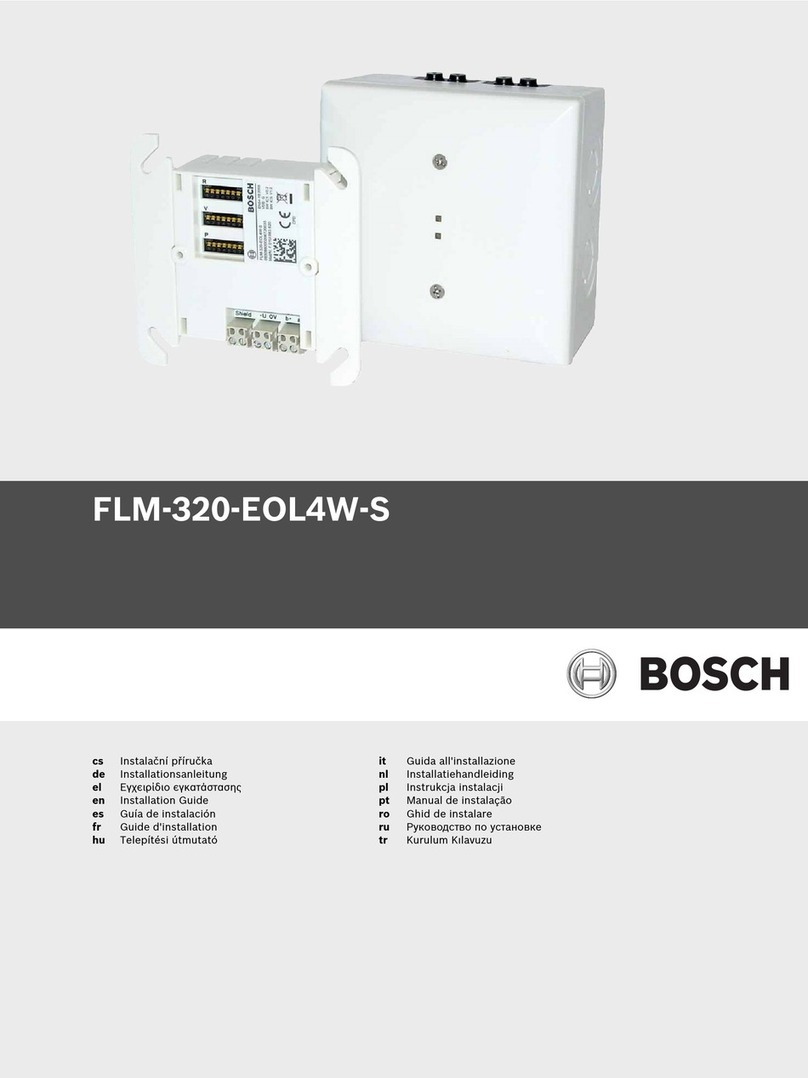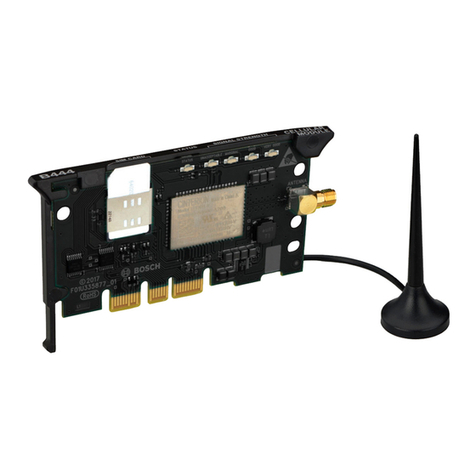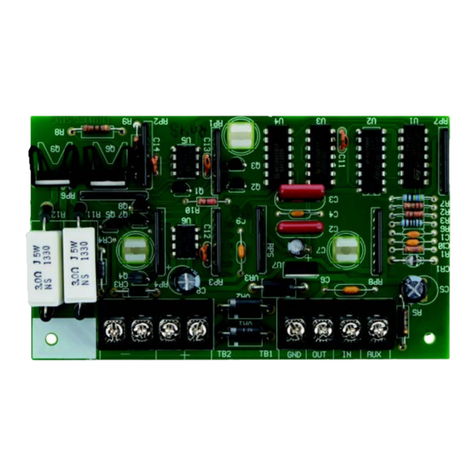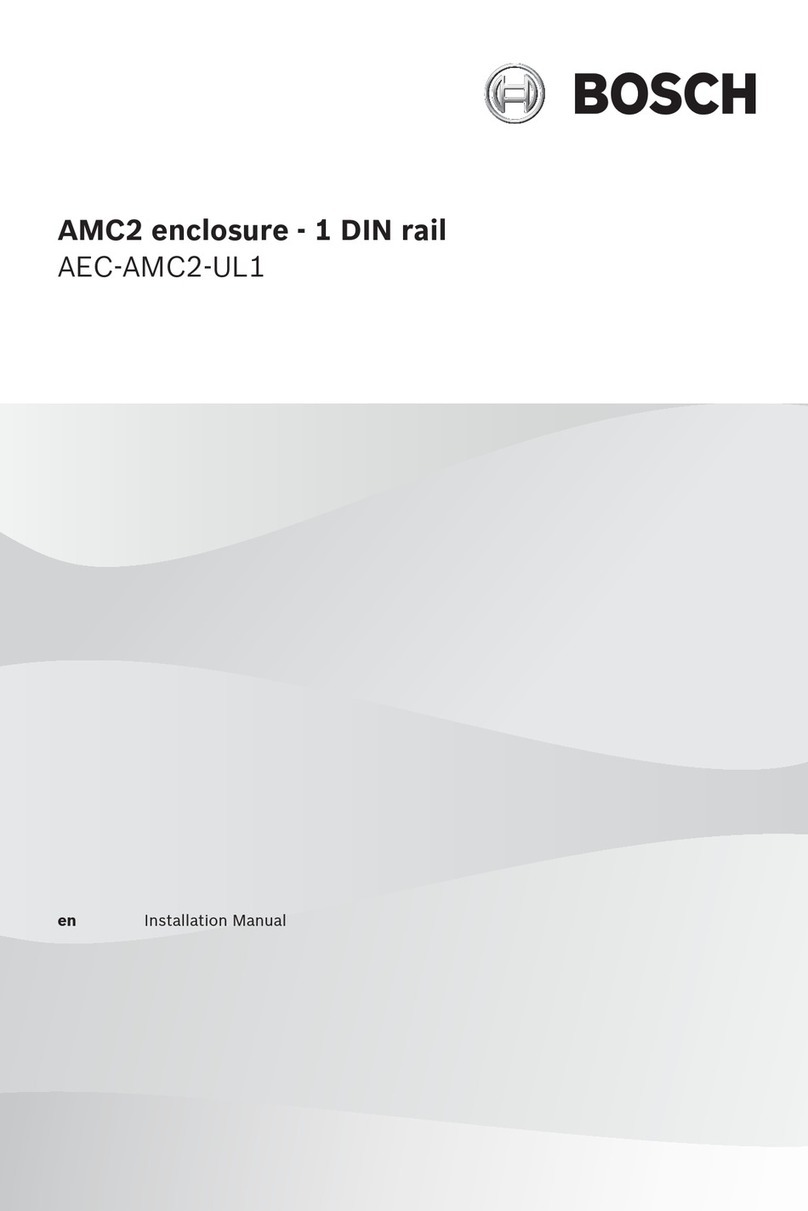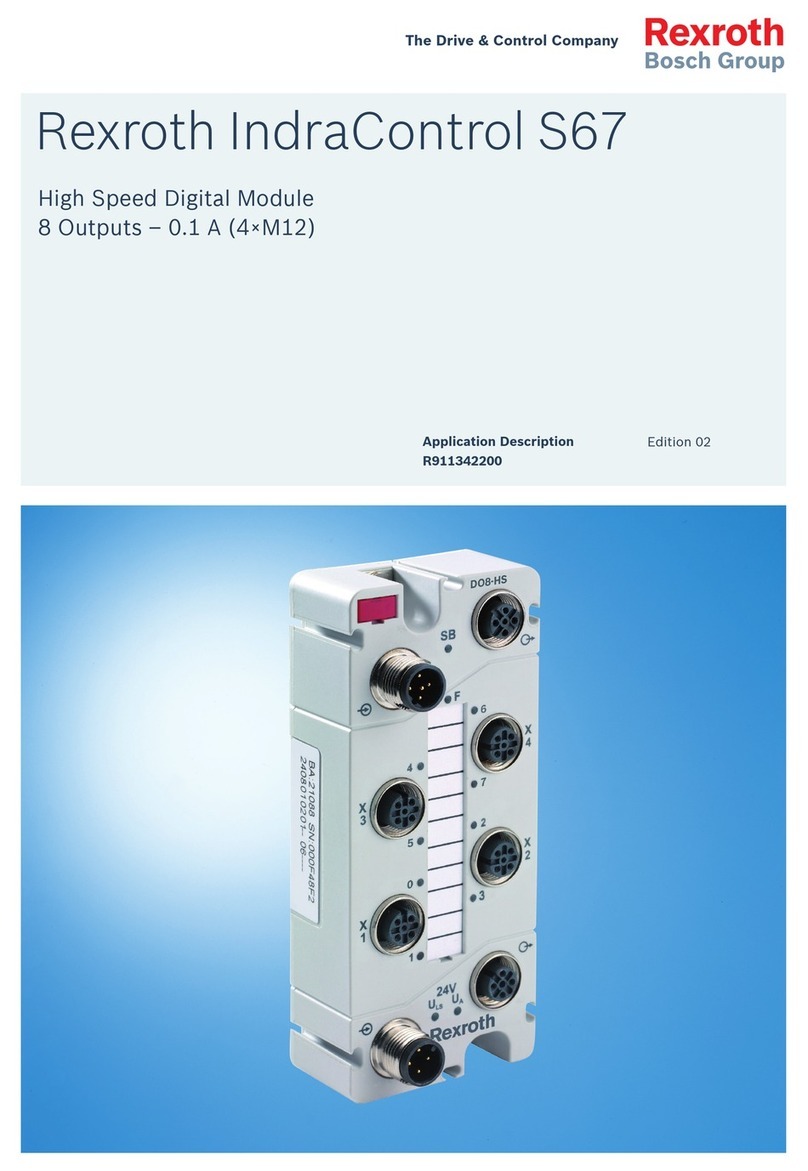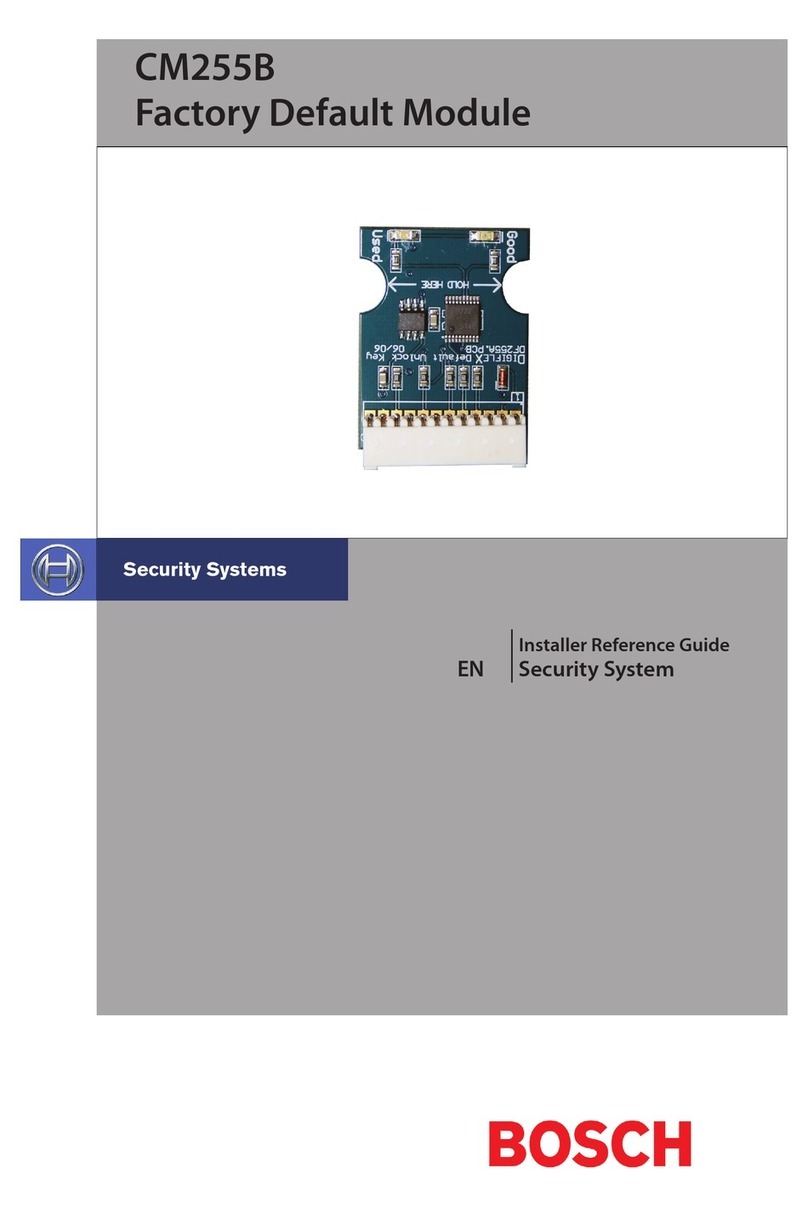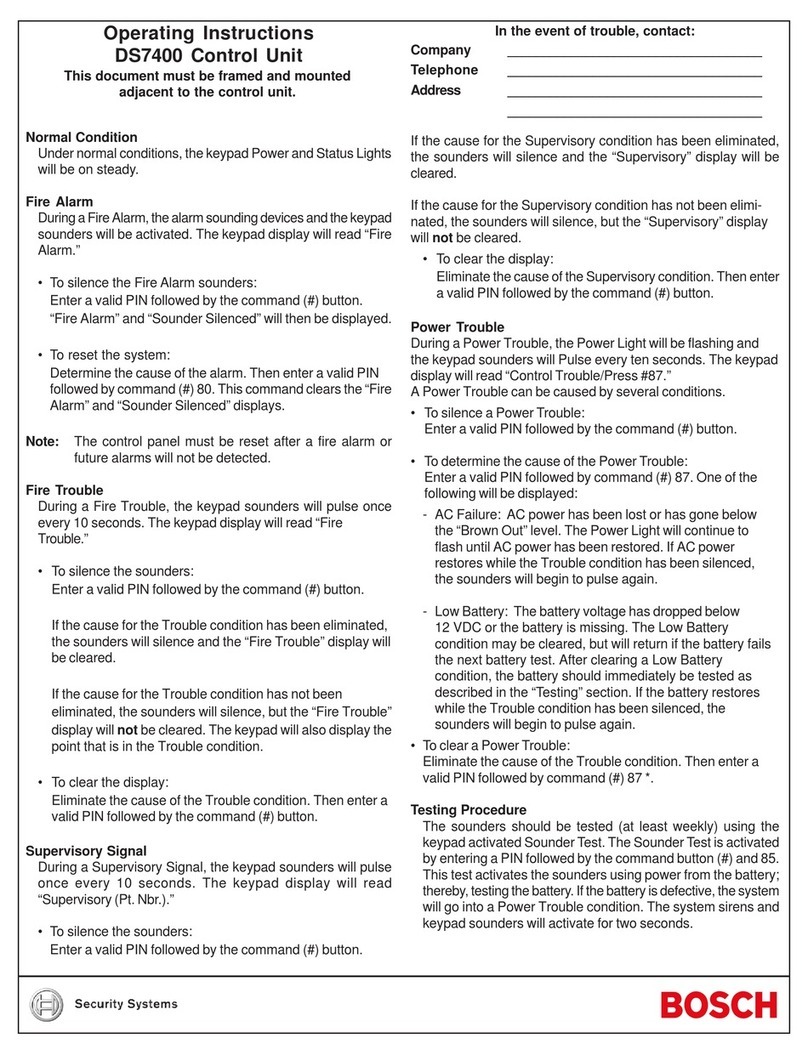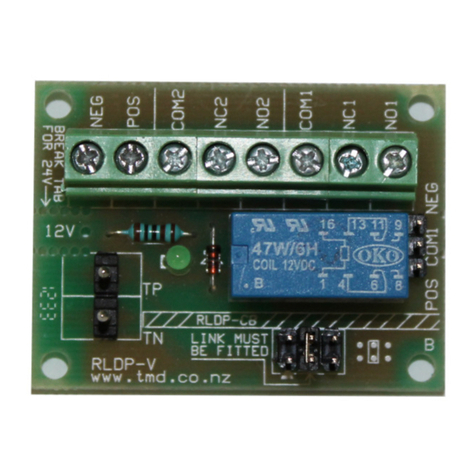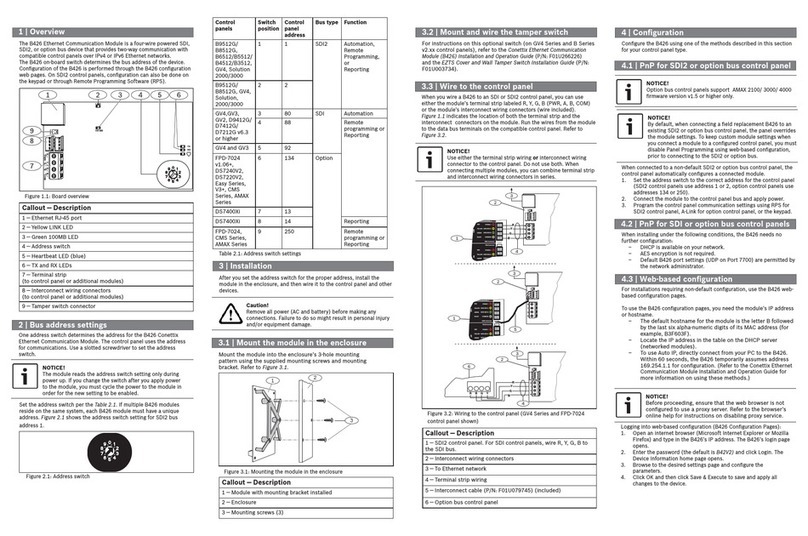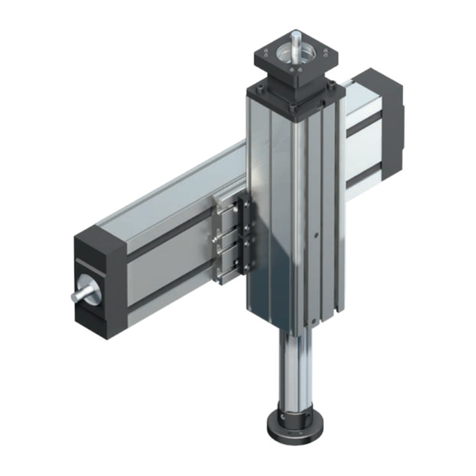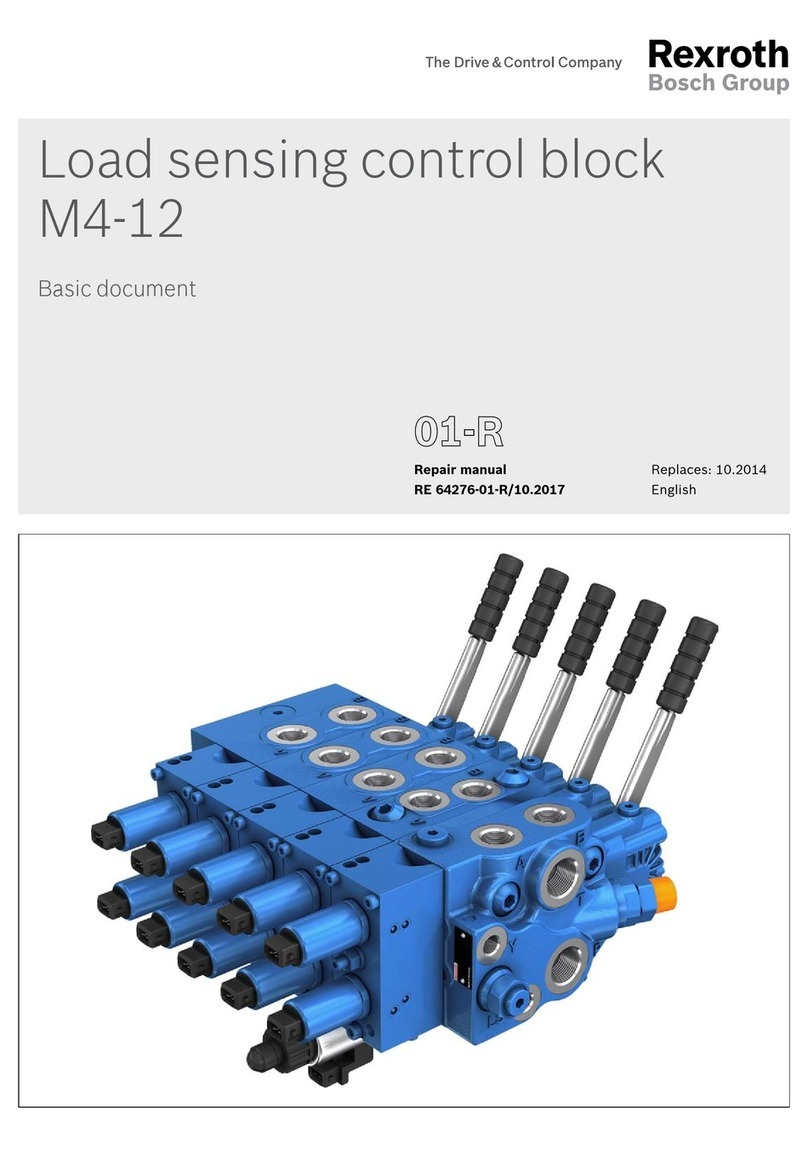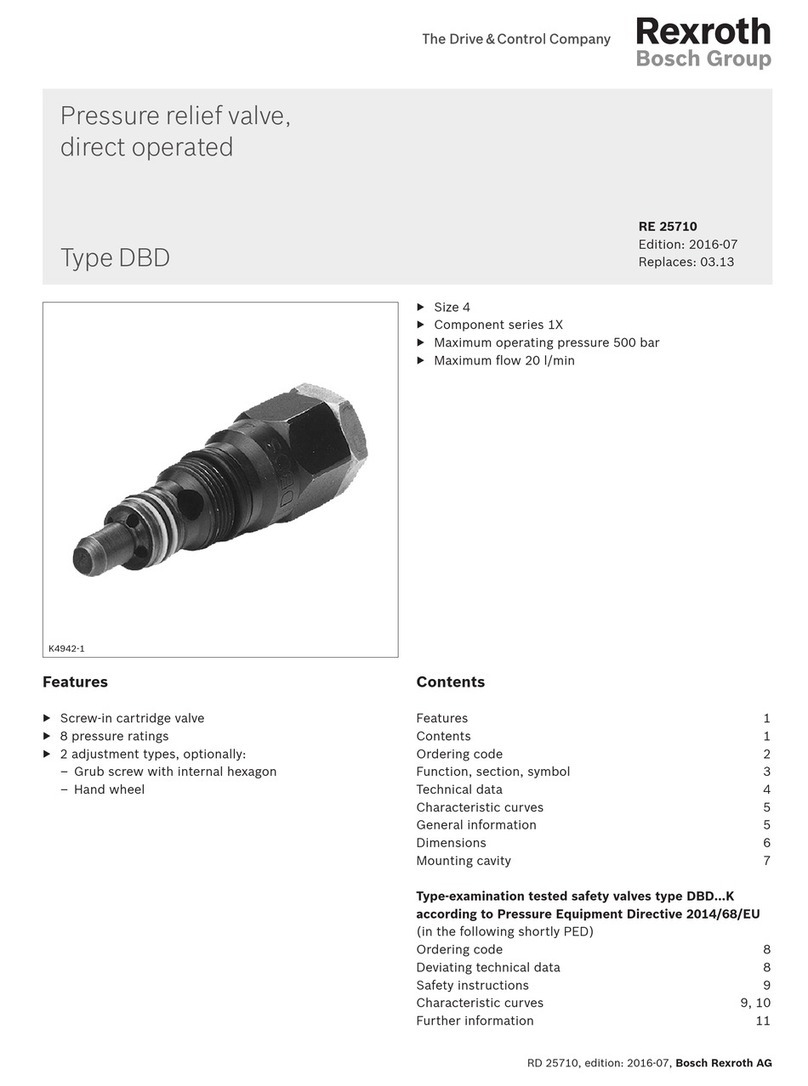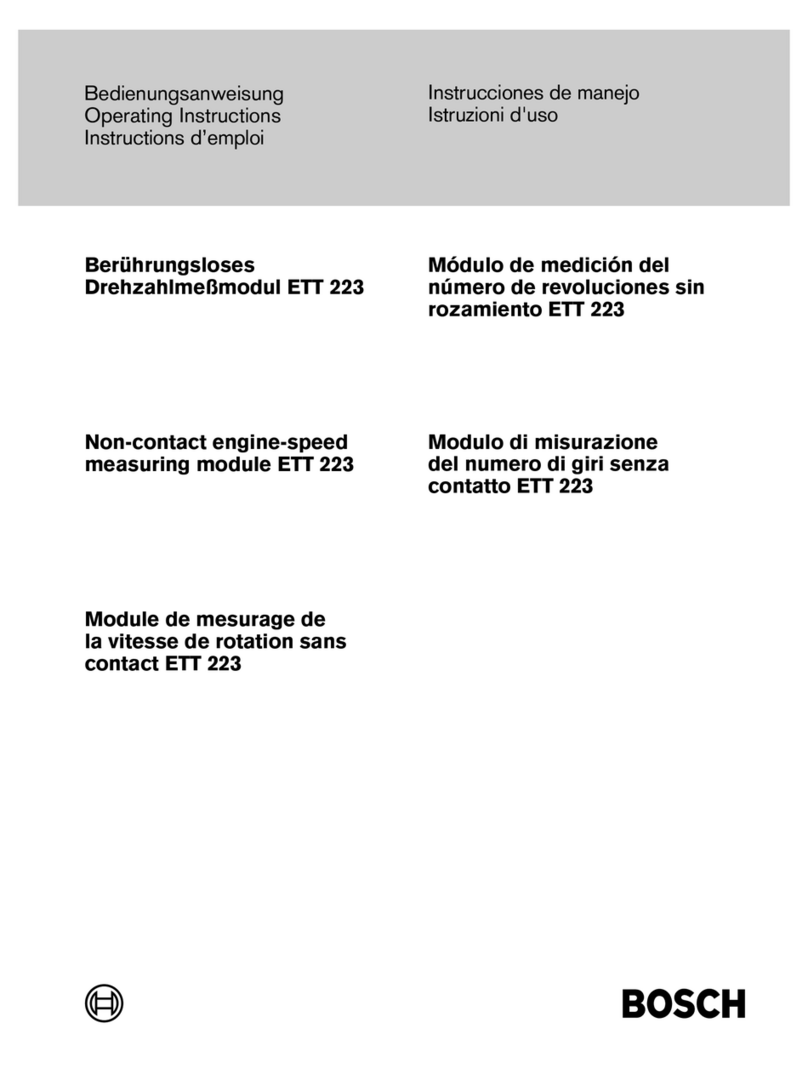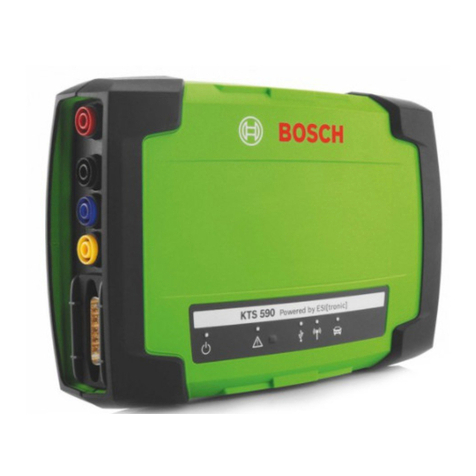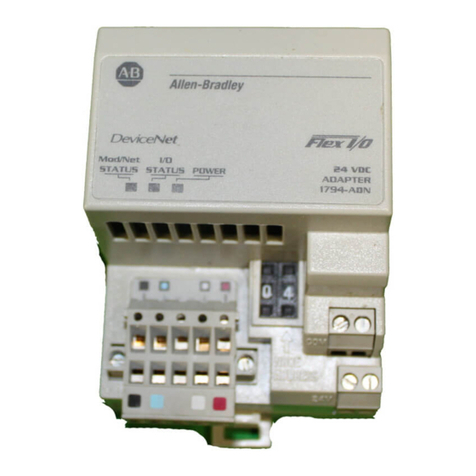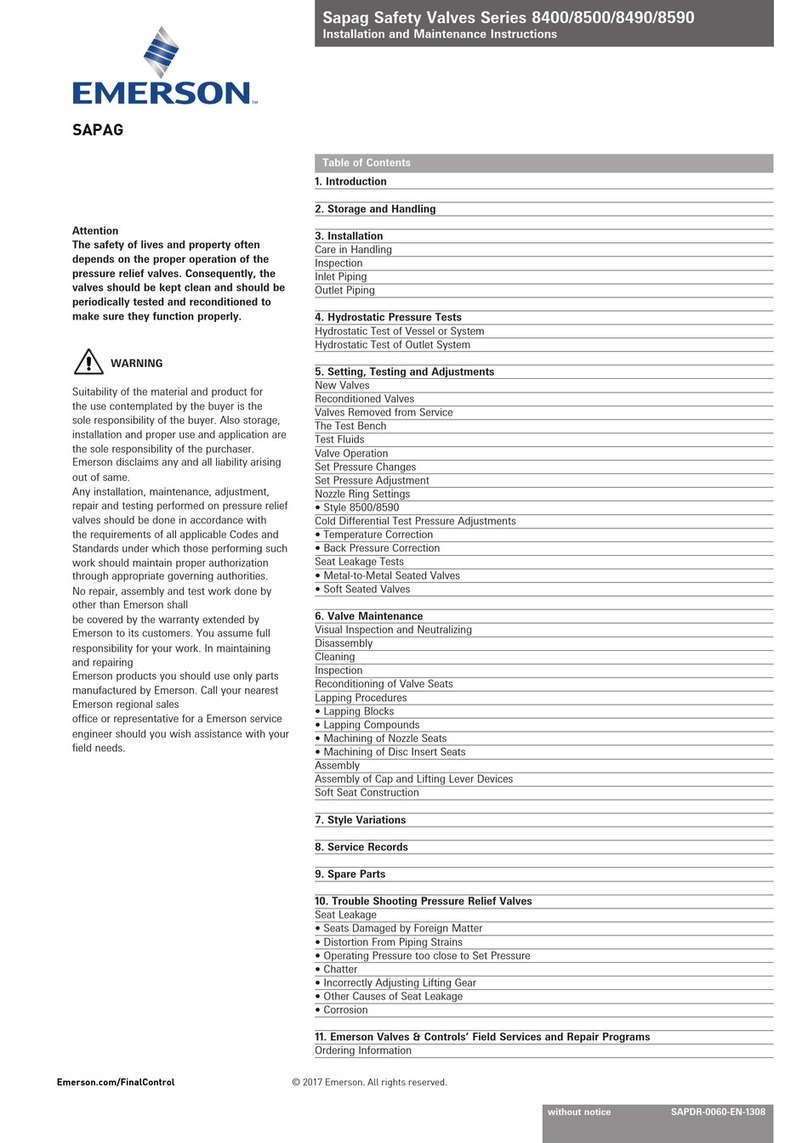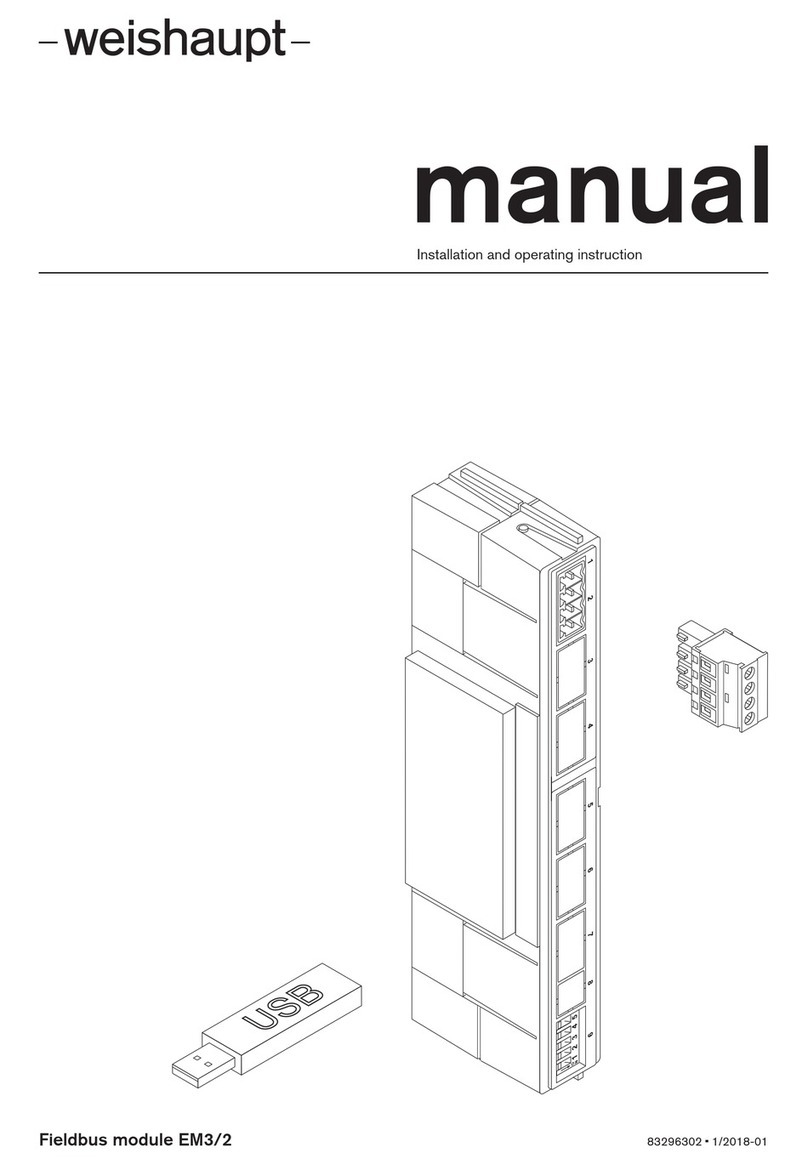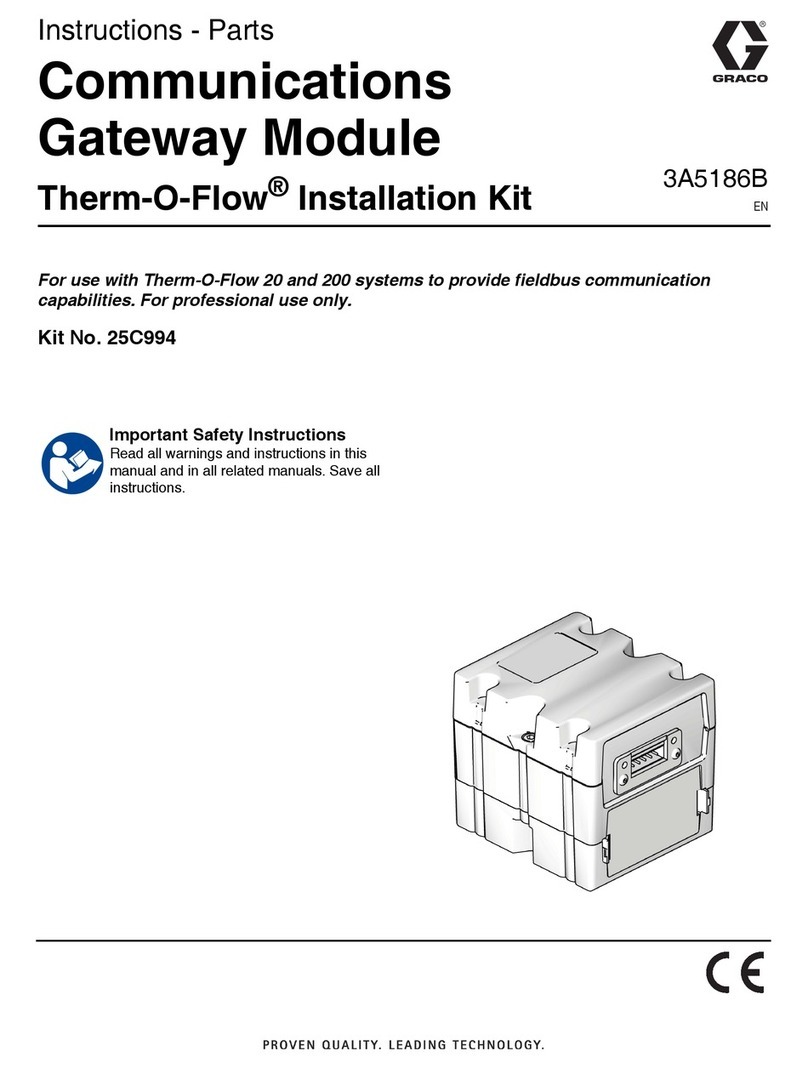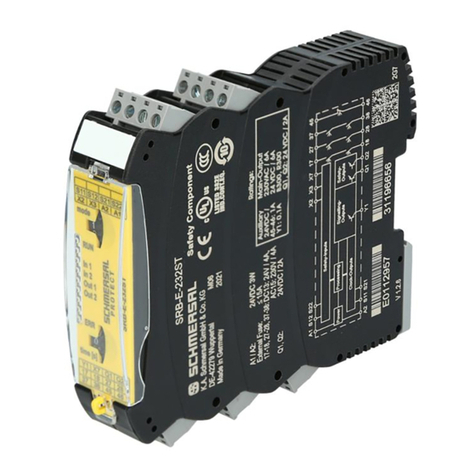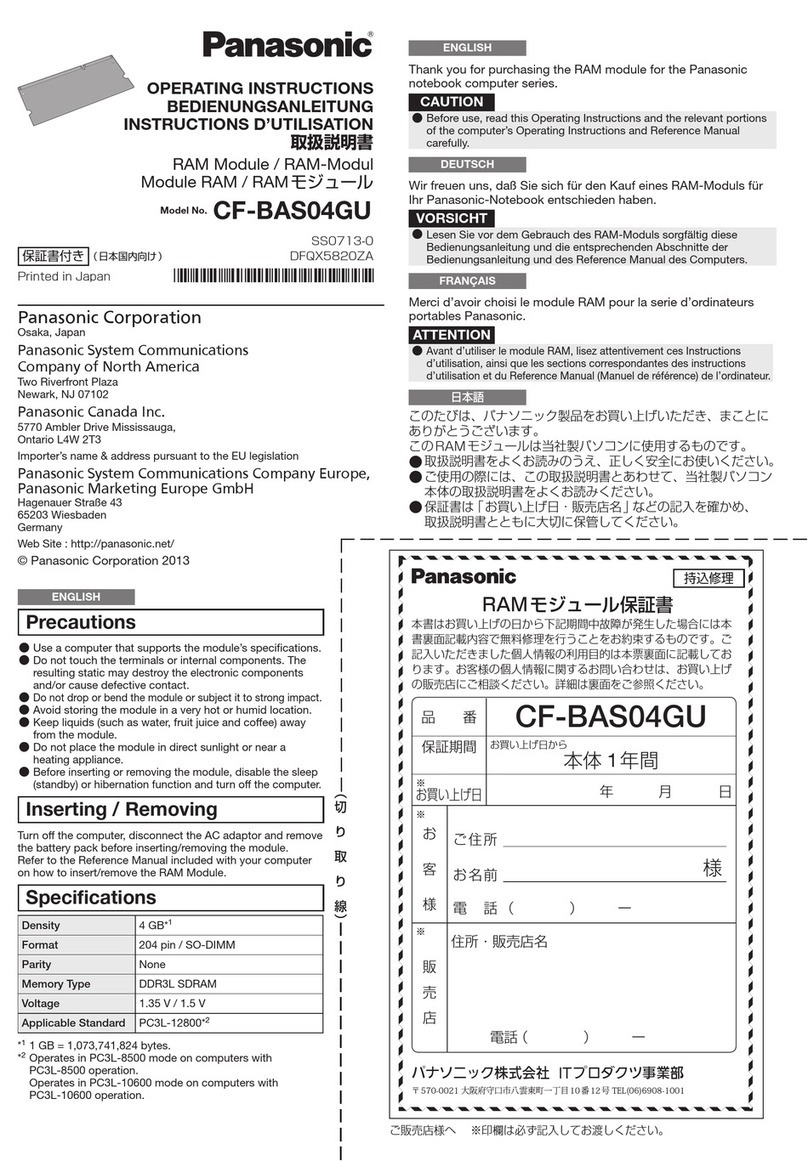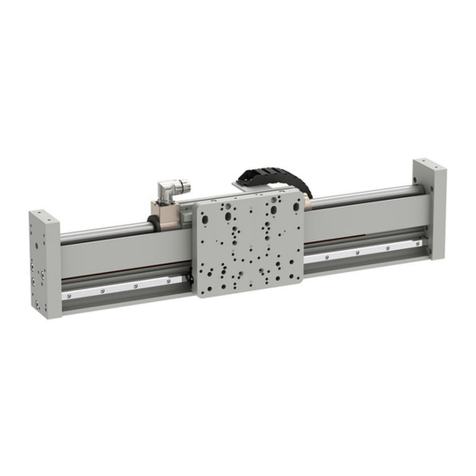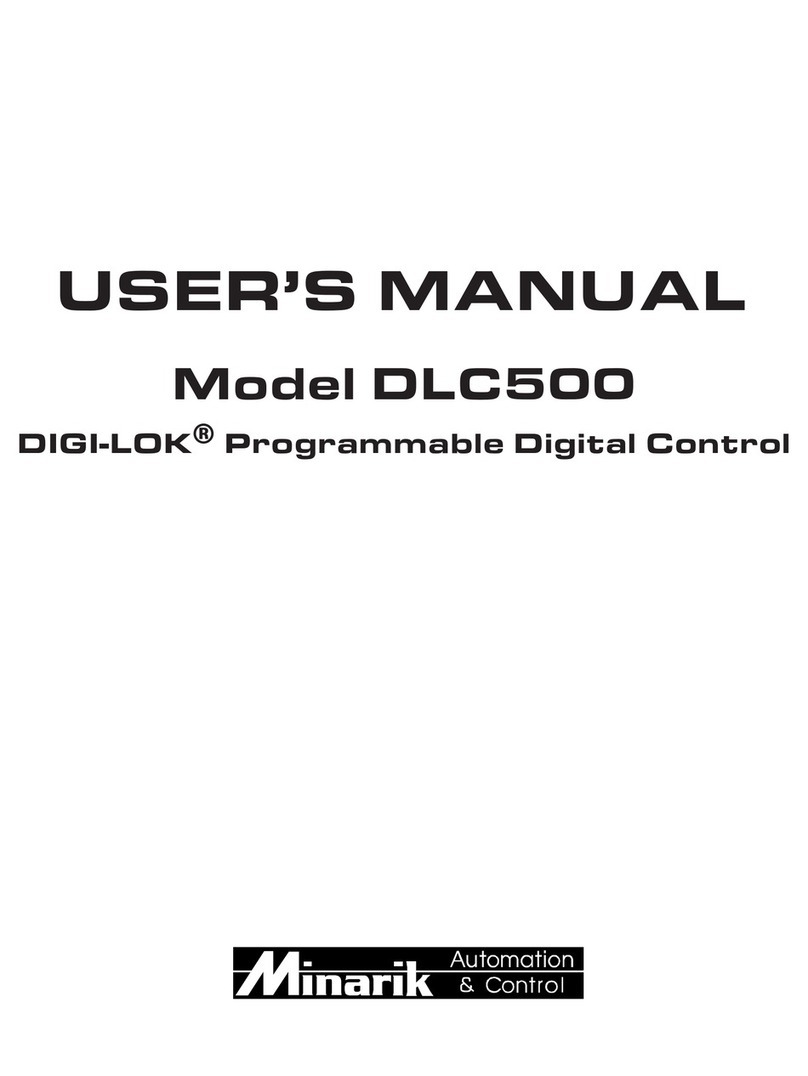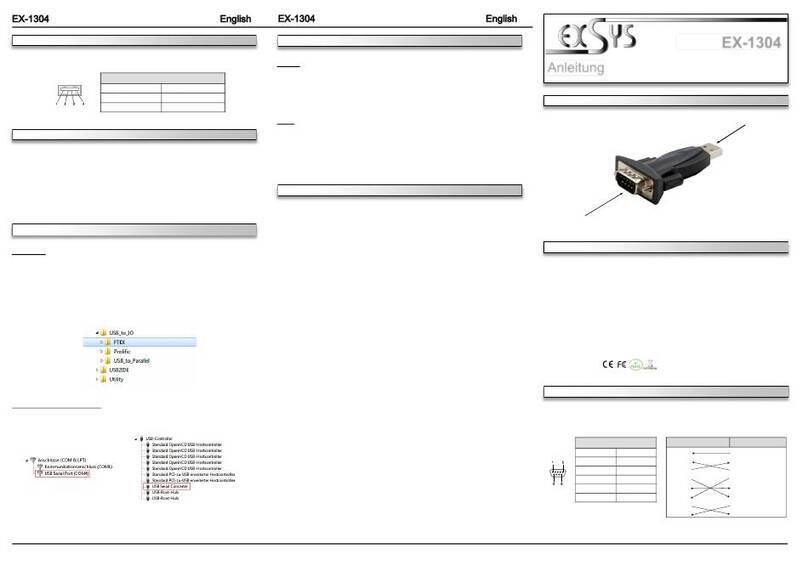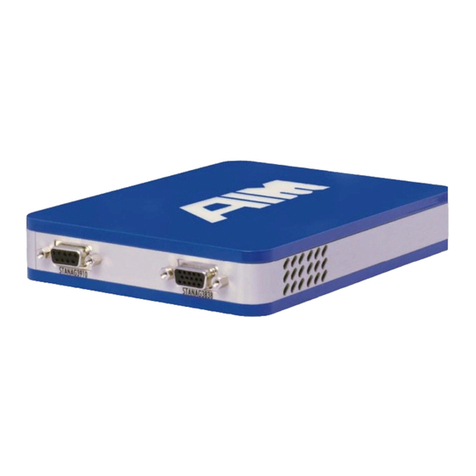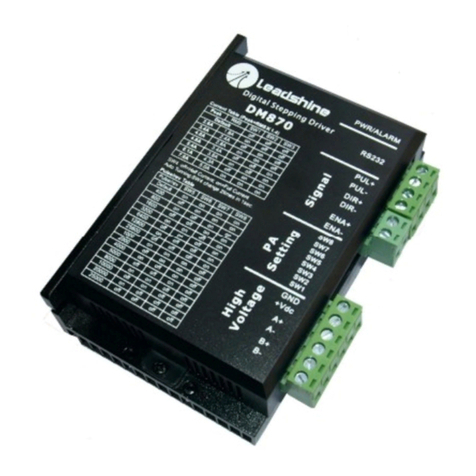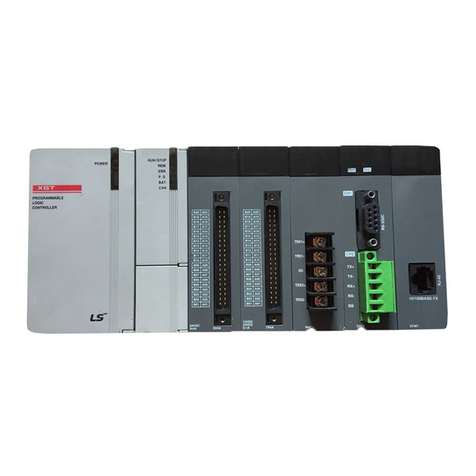
6 720 813 621 (2014/12)MM100
Installation | 15
3 Installation
3.1 Preparation for installation in the heat source
▶ Refer to the installation instructions of the heat source to
determine whether modules (such as the MM100) can be
installed in the heat source.
▶ If the module can be installed in the heat source without a
mounting rail, prepare the module (Fig. 3 and 5,
page 92).
▶ If the module can be installed in the heat source with a
mounting rail, refer to Fig. 8 and 11, page 94.
3.2 Installation
▶ Installthemoduleon awall (Fig. 3toFig. 7, page 93and
page 14), on a mounting rail (Fig. 8, page 93), or in a
heat source. When installing the module in a heat source,
please follow the instructions for the heat source.
▶ When removing the module from the mounting rail, refer to
Fig. 8 on page 93.
▶ Install the flow temperature sensor in the assigned heating
circuit with mixer.
3.3 Electrical connection
▶ Observe current regulations applicable to power
connections, and use at least cable type H05 VV-…
3.3.1 Connecting the BUS connection and temperature
sensor (extra-low voltage side)
▶ If the conductor cross-sections are different, use the
junction box to connect the BUS nodes.
▶ Connect BUS nodes [B] via junction box [A] in star
(Fig. 15, page 96) or via BUS nodes with two BUS
connections in series (Fig. 19, page 98).
Maximum total length of BUS connections:
• 100 m at 0.50 mm2conductor cross-section
• 300 m at 1.50 mm2conductor cross-section
▶ Alllow voltage leads mustbe routedseparately from cables
carrying mains voltage to avoid inductive interference
(minimum separation 100 mm).
▶ Inthe case of externalinductiveinterferences (e.g. from PV
systems), use shielded cables (e.g. LIYCY) and earth the
shield on one side. The shield should be connected to the
building's earthing system, e.g. to a free earth conductor
terminal or water pipe, and not to the grounded terminal in
the module.
When sensor leads are extended, apply the following lead
cross-sections:
• Up to 20 m with 0.75 mm2to 1.50 mm2conductor cross-
section
• 20 m up to 100 m with 1.50 mm2conductor cross-section
▶ Route cables through the grommets provided and connect
them as shown in the connection diagrams.
3.3.2 Connecting the power supply, pump and mixing
valve and temperature switch (mains voltage side)
▶ Only use cable of comparable quality.
▶ Ensure the power supply is connected to the correct
phases.
A power supply via an earthed safety plug is not
permissible.
▶ Onlyconnectcomponents andassembliesto the outputsin
accordance with these instructions. Do not connect
additional control units that regulate other system
components.
▶ Route cables through the grommets provided, connect
them as shown in the connection diagrams and secure
them with the strain relief supplied in the scope of delivery
(Fig. 11 to 14, from page 94 onwards).
DANGER: Risk of electric shock!
▶Beforeinstallingthisproduct: completely
disconnect heat appliances and all other
BUS nodes from the mains voltage.
▶ Before commissioning: fit the cover
(Fig. 17, page 96).
If the maximum total length of the BUS
connections between all BUS nodes is exceeded,
orif the BUS systemis realised as aringstructure,
the system cannot be commissioned.
Onlyone temperaturesensor T0must beinstalled
persystem.Ifthereare several modules available,
the module that the temperature sensor T0 is
connected to can be freely selected.
The assignment of the electrical connections
depends on the system installed. The description
shown in Fig. 11 to Fig. 14, from page 94
onwards, suggests a possible process for
assigning the electrical connections. Some of the
steps are not shown in black. This makes it easier
to see which steps belong together.




















